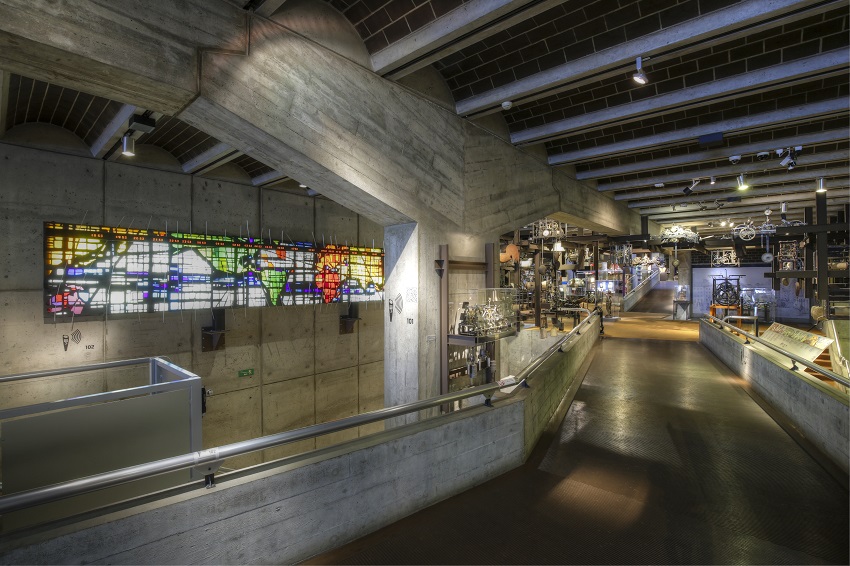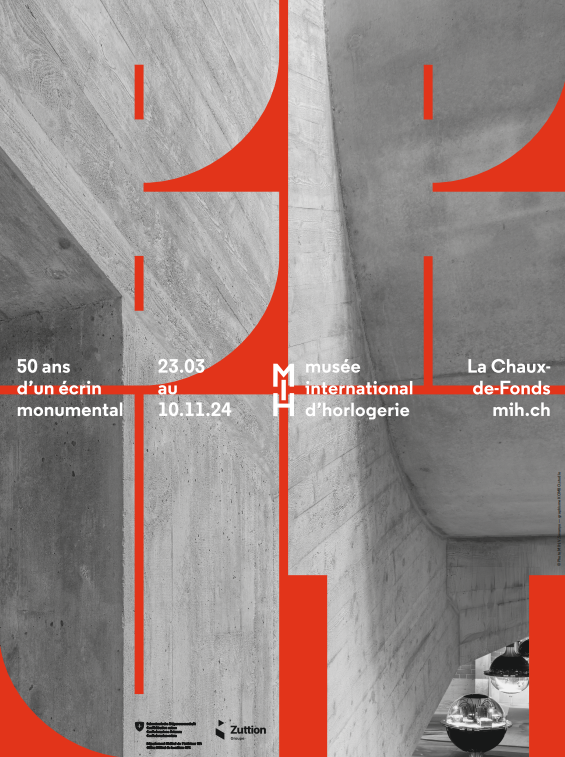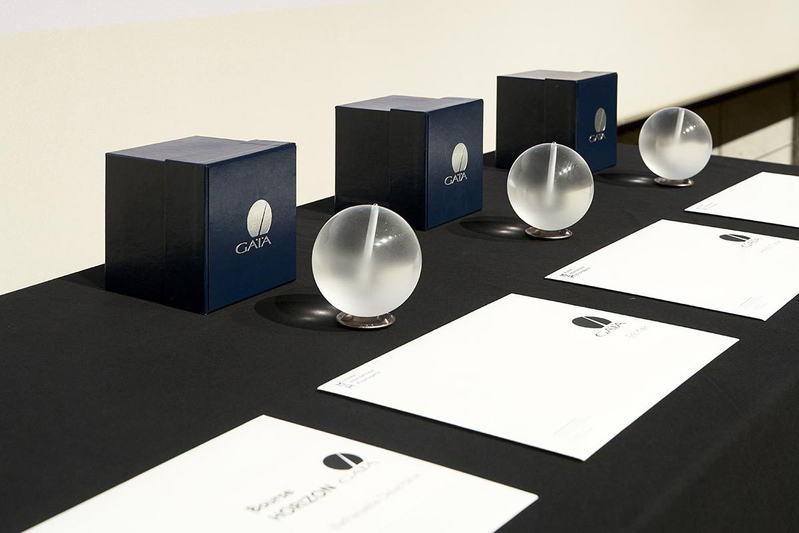One of my favourite things about this hobby is that there is always something to learn. You might be an expert in a certain area, perhaps super knowledgeable about a particular brand’s watches or their history, or anything really, but one thing you can guarantee is that there is always something horological that you won’t know.
Whilst researching for something completely unrelated, I recently happened across a page mentioning the Prix Gaïa, or Gaïa Prize, for watchmaking, which was something I had never heard of previously. It piqued my interest, and as I started to learn more, I was somewhat surprised that it was something I hadn’t learned about before.
Where the GPHG Awards are talked about quite extensively in the watch media, I was a little surprised that the Prix Gaïa doesn’t seem more widely discussed, especially as an annual award presented by the prestigious Musée international d’horlogerie (or MIH). Just before looking at the Prix Gaïa, I think it is important to first give a little context around the MIH.
Musée international d’horlogerie (MIH)

MIH – photo, Musée international d'horlogerie (MIH)
Nestled in the horological heartland of La Chaux-de-Fonds, less than 2 hours north-east of Geneva, you will find the Musée international d’horlogerie. The museum is home to over 4500 pieces, including around 2700 watches and 700 wall clocks, as well as tools, machines, and much more.
Its roots can be traced back to the 1865 with the opening of the La Chaux-de-Fonds watchmaking school, when the teachers sought to create a collection of pieces to support the education of the students at the school – that is until a man named Maurice Picard suggested opening a museum. Sure enough, in 1901 the council of La Chaux-de-Fonds sought to make this a reality, and in 1902 the charter for the foundation of the watch museum was signed, with a room at the school dedicated to this museum.
The museum’s collection continued to grow, and by the 1960s a new space was needed to exhibit the increasingly important collection, and in 1968 the new name of Musée international d’horlogerie was adopted by the museum. Soon after, in 1974, a new building was completed (with a large proportion of it underground, no less!) and since then the MIH has never looked back. Today, it even has an antique restoration workshop in the middle of the museum with glass surrounds, so visitors can see the watchmakers at work, preserving the pieces for future generations to enjoy.

MIH: 50 Years of a Monumental Showcase Exhibition – photo, Musée international d'horlogerie (MIH)
Today, the museum is a true celebration of all things horology, fittingly situated in an area which is recognised internationally by UNESCO as a world heritage site for its horological and cultural history. It’s not somewhere I’ve had the pleasure of visiting myself, however this year marks the 50th anniversary of the opening of the building, and so the museum is hosting “MIH: 50 Years of a Monumental Showcase Exhibition” from 23rd March – 10th November 2024… I imagine it would be well worth a visit if you can make it!
The MIH Prix Gaïa, or Gaïa Prize
As the MIH grew, in 1993 it established the Prix Gaïa, or Gaïa Prize, to recognise Maurice Ditisheim, a key figure in the establishment of the MIH and without whom it may not exist today. Ditisheim was one of the earliest patrons of the MIH and served as president of the board of directors at the Bureau de contrôle des ouvrages en métaux précieux, or Precious Metals Control Office.
The Prix Gaïa would recognise people whose work in the field of watchmaking and time measurement, with awards which focus on three different areas, although the Awards Committee can choose not to award one or more of the prizes each year:
1) History and Research in watchmaking and timekeeping
2) Workmanship and design in watchmaking
3) Entrepreneurship in watchmaking
A key differentiator between the Prix Gaïa and the GPHG Awards mentioned earlier, is that the Prix Gaïa cannot be simply subscribed to: nominations (personal nominations are not permitted) are submitted to the management team of the MIH, who then pass these onto the Awards Committee, appointed by the MIH management team.
The Awards Committee is chaired by the MIH Curator and is complete with three people from the management team of the MIH, along with several other people selected from the wider horological world. The Awards Committee totals between 10-15 people, and three people are replaced each year.

Prix Gaïa Trophy – photo, Musée international d'horlogerie (MIH)
Once decided, the awards are subsequently presented by the MIH, and by extension of this the City of La Chaux-de-Fonds, in a ceremony which takes place at the autumn equinox, with the next ceremony falling on 19th September 2024.
The award trophy itself is a rather stunning looking translucent sphere and was designed by Valérie Salvisberg to represent the primordial Greek Goddess Gaïa, who in Greek mythology is the personification of the Earth.
Past Winners of the Prix Gaïa
Amongst the past winners of the Prix Gaïa are some of the most esteemed and well recognised names in the industry, who have been rightly recognised for their outstanding contribution to the world of horology.
Rather than listing every winner here, I have highlighted some of the more well-known recipients of the Awards: former winners in the Workmanship and Design category include François-Paul Journe, Philippe Dufour, Derek Pratt, George Daniels, Kari Voutilainen, Anita Porchet, and Suzanne Rohr; and former winners in the Entrepreneurship category include Nicolas Hayek, Robert Greubel and Stephen Forsey, Jean-Claude Biver, Philippe Stern, Max Büsser, and Richard Mille.
For a full list of past winners, check out the MIH website here.
In Summary
I feel like the MIH Prix Gaïa, or the Gaïa Prize is something which should be more widely acknowledged than it appears to be, at least based on what I have been able to learn.
These awards have been bestowed on some of the greatest contributors to the watchmaking world, and yet a huge percentage of the recipients’ names aren’t as widely recognised as they might be. For example, perhaps more widely highlighting the names, and work, of former winners in the History and Research category would stand to help more widely educate those so inclined to learn more within the watch community? Could it not help create better troves of information online by bringing some of this recognised work into, or at least talking about it in, the mainstream?
Where there is substantially more coverage of things like the GPHG Awards, the award ceremony of the Prix Gaïa is something which I feel deserves to be covered equally. I can’t help but feel that a wider awareness of the careers and work of recipients of the Prix Gaïa could only be a good – and deserved – thing.
If you have any questions, please get in touch via our Contact page, or via our Instagram.
You might also be interested in:
- Recommended Reading: ‘Hands of Time – A Watchmaker’s History of Time’ by Rebecca Struthers
- GPHG Awards 2021
- A Visit to the Clockmakers’ Museum, London
- Watch Stationery and Gift Ideas
- Watch Books, Watch Boxes and more at the Watch Affinity Shop on Amazon (commissions earned)
As an Amazon Associate, I earn from qualifying purchases – thank you for your support

